|
As you may have seen from my last post, a lot of what was seen on the exhibit floor at Expo West was same ol’ same ol’. But I guess we shouldn’t complain too much because it can only mean that previous trends are still going strong. Here’s my take on some of those old trends along with the new ones I spotted at the show.
Protein Still Rules, Plants Preferred: Despite what current nutrition science says about our protein needs, consumers are still looking to get more, more, more and companies are giving it to them. For the most part, the proteins are plant-based (most often pea to appease – no pun intended – those still shy about soy). Don’t rule out meat just yet. There were at least a dozen companies offering some form of meat-based jerkies, perhaps looking for the same success as Krave. What Drought?: California may be in a drought but water was everywhere on the floor of Natural Products Expo West. While one could argue that there’s never been anything new about water (it has, after all, been around for millions of years), the sheer number of waters on the show floor demonstrated that consumers are still thirsty for waters and new beverages. What was once plain old H2O is now maple water, alkaline water, volcanic water, Alaskan water, Hawaiian water, protein water, aloe vera water and let’s not forget coconut water. We’re Snacking Happy: There was more than one reason why you couldn’t get a decent meal in Anaheim. In addition to the overcrowded restaurants, there were few companies offering products that could actually form the basis of a meal. Snacks proliferated the exhibit space. And, if you thought there couldn’t be possibly another way to make popcorn, somebody else did. Dairy Alternatives Go Nuts: Whether it’s driven by the belief that we’re all going to be lactose intolerant some day or by a desire for more plant-based proteins, exhibitors continued to focus on non-dairy (and non-soy) beverages. New to this category was macademia milk and several almond-based products like dips, cheeses, spreads and past fillings. Flour Power: The popularity of gluten-free products has driven companies to find new alternatives to wheat flours. And flour certainly isn’t run of the mill these days. Among some of the newer flavors were teff – an ancient grain grown in Ethiopia and Eritrea -- quinoa, coconut and bananas. Veggie Explosion: The makers of Vitameatavegamin might have had something there after all. Food entrepreneurs and R&D teams are taking a cue from the Sneaky Chef and inserting vegetables in unexpected places, including snack bars, trail mix, pizza crust, chips and poppers. The vegetable star of them all: beets. Beets have been proliferating on restaurant menus for years but now they’re showing up as snacks that fried, freeze-dried and turned into fruit leather. And, if food companies are taking a cue from restaurant menus, then we should see a host of cauliflower based-products at Expo West 2017. They’re Bac: Consumers have been going buggy about probiotics, the good bacteria that helps digestion and the immune system, among other health claims, ever since Jamie Lee Curtis started hawking Activia, the probiotic yogurt from Dannon. But the bacteria were inherent to the yogurt. Now probiotics are being added to foods like nut butters, ice cream, sauces and myriad beverages. Mushroom Madness: While that might start you thinking about Arizona desserts and hallucinogenetic mushroom varieties, the trend here is in medicinal mushrooms. The fungi are now making their way into coffees, teas and powders. And, if your mushroom tastes are a little more refined, than try ruffles, as featured by KIND with its new Black Truffle Almond & Sea Salt flavor. Bean There?: Then you’ll love all of the new pastas on the market. In addition to chickpea pasta, which has been available for a couple of years, we’re now seeing fusilli, spaghetti, and penne made with various colored lentils and black beans. Have Your Cake and….: Well, you know the rest. But now that sweets are down-sizing, you can enjoy cookies, brownies and chocolate bark in thin slivers that won’t add a lot of calories to your daily total.
1 Comment
...I was with everyone else at Natural Products Expo West the annual extravaganza in Anaheim, California, that is the food industry answer to South By. When I attended Expo West for the first time last year, I was awestruck by the sheer number of people, the seemingly never-ending exhibit space (if I knew anything about football I might be able to tell you how many football fields in covered but, trust me, I know there are probably quite a few) and non-stop party atmosphere that takes over the plaza outside the convention center.
There's probably no greater testament to how the food industry has changed than looking at some of the stats over the 36-year history of Expo West. Hearing about the show in the past, I imagined a show floor with simple tabletop displays staffed by Birkenstock-wearing, dreadlocked entrepreneurs trying to sell the recipe they whipped up in their Berkley kitchens to similarly shod and coiffed health food store owners. (Not that there’s anything wrong with Birkenstocks, dreadlocks, Berkley kitchens or health food store owners.) Perhaps that’s the way it was 35 years ago, when the first Expo West had just 3000 attendees. Today, you’re more likely to find enthusiastic millennials sporting company T-shirts and Lululemons staffing booths that are larger than many homes. And, while they’re still selling the latest innovations, they’re more likely to come from an R&D facility or from the above-mentioned dreadlocked entrepreneur, whose company they bought for mega-millions. (And, again, let me add that I have nothing against, millennials, company T-shirts, Lululemons or booths bigger than my apartment). So it’s no surprise that there’s plenty of “I remember when” grumbling about how things have changed. I, for one, welcome it. Okay, it’s a little loud, the hotels are overcrowded, and the lines at Starbucks are reminiscent of the bread lines in Soviet Russia. But I see this all as a positive sign for the food industry. First, I like that it signals that innovation is happening in the food industry. In recent years, many have complained about the lack of innovation in food. But, whether it’s from the hopeful entrepreneurs that still stand behind tabletop displays showcasing something they made, discovered or invented, or the companies in the McMansion-sized booths sampling the recipes whipped up by their R&D teams, there is a lot that’s new. Yes, it’s hard to believe we need another popcorn, but there was still enough that was new on the show floor to get me excited for what’s to come. Second, and perhaps more importantly, none of this would be happening if consumers weren’t changing as well. While the mainstream consumer probably isn’t demanding sprouted almonds, they have made it clear that they do want to see the types of “free from” foods that predominate the show. Don’t get me wrong. I don’t see Expo West as some sort of nirvana where every idea is innovative and every ingredient is something I keep in my cabinet or my fridge. Even with nearly 10,000 exhibitors, it’s hard to find a completely original idea. To all you entrepreneurs out there, I know your product is the best one ever but please, please don’t make me sample another nut butter, jerky, water, snack bar, smoothie or kale chip. There were also plenty of products that listed sugar as their first ingredient and had long lists of unrecognizable ingredients. I don’t know if that was the case in the dreadlocks and Birkenstock days but, if it wasn’t, I apologize to the grumblers. If you’re going to call a show Natural Products Expo East then the products should be, er, natural. Even so, I’m excited about what the growth of this show means. And when housing registration opens up in July, I’ll be the first one online booking my hotel (it won’t be at the Clarion – but that’s another blog post). I can’t wait to see what’s next. Just, please, promise me it won’t be granola. Let me start off with a few disclosures/caveats: 1) I'd love nothing more than to eat a dinner made with nothing other than the fresh ingredients I picked from my garden but am thwarted by the fact that I live in a small apartment in a big city; 2) I eat a healthy balanced diet but see nothing wrong with the occasional sweet (in fact, I eat one almost daily); 3) I prefer products to have as few ingredients as possible and I want to know what those ingredients are; and 4) I've worked with the food industry for the past 20 years.
I wanted to make sure I put that out there before I shared my thoughts on the recently-released Nutrient Profile Model from the Pan American Health Organization (PAHO) which represents the World Health Organization in Latin America. PAHO has stood out among other regional health organizations for its strong push for policies that would improve the obesity epidemic, including a call for food industry regulation. Having just spent some time in Chile and Argentina, I can see the positive impact of some of those efforts. When I asked one of my guides why there were so few overweight Chileans and Argentineans despite the richness of the food, she explained that they eat small portions, exercise often and, she added, "We just don't tolerate obesity here." You can't argue with that. But I'm not sure I can agree with a policy that classifies foods as "processed" and "ultra-processed" and calls for them to be regulated based on whether or not they have "excessive" amounts of certain nutrients. Under this model, "processed" foods are defined as: Food products manufactured by industry in which salt, sugar, or other culinary ingredients have been added to unprocessed or minimally processed foods to preserve them or make them more palatable. Processed food products are derived directly from natural foods and are recognized as a version of the original foods. Most of them have two or three ingredients. The processes used in the manufacture of these food products may include different methods of cooking, and, in the case of cheeses and breads, nonalcoholic fermentation. Additives may be used to preserve the properties of these products or to avoid the proliferation of microorganisms. That sounds pretty fair to me. It's the "ultra-processed" foods that sound a little scarier (comments that reflect my humble opinion are in bold): Industrial formulations manufactured with several ingredients. Like processed products, ultra-processed products include substances from the culinary ingredients category, such as fats, oils, salt, and sugar (isn't that what we call a recipe?). Ultra-processed products can be distinguished from processed products based on the presence of other substances that are extracted from foods but have no common culinary use (e.g., casein, milk whey, protein hydrolysate, and protein isolates from soy and other foods); substances synthesized from food constituents (e.g., hydrogenated or esterified oils, modified starches, and other substances not naturally present in foods); and additives used to modify the color, flavor, taste, or texture of the original product (otherwise known as food preparation). Unprocessed or minimally processed foods usually represent a tiny proportion of or are absent in the list of ingredients of ultra-processed products (so are the minimally and unprocessed foods there or not?), which often have 5, 10, or 20 or more items (are 5 ingredients bad? Or are 10? What if I have a recipe with 20 ingredients? Should I scrap it as ultra-processed?). Several techniques are used in the manufacture of ultra-processed products, including extrusion, molding (better throw out those cookie cutters), and pre-processing, through frying (I fry at home; is that bad?). Examples include soft drinks, packaged snacks, ”instant” noodles, and chicken nuggets. Okay, I know what they meant. But it's those subtle nuances in defining these things that are the problem. Can we really classify a six-ingredient product like a Chocolate Cherry Torte Larabar (not a client) that's clearly been molded as "ultra-processed"? This definition has so many shades of gray that E.L. James could be inspired to write another book. But, then again, isn't the shades of gray the problem with profiling of any kind? Then let's talk about the "excessive amounts" definitions. I could spend some time arguing about each one of these (e.g., aren't we over limiting total fat to 30% of calories by now?), I do agree with the basic principals of limiting sodium, added sugar, saturated fat and trans fat. But why is it okay to have more than 10% of total energy from saturated fat from a rib eye, which qualifies as "unprocessed" ("Foods obtained directly from plants or animals that do not undergo any alteration between their removal from nature and their culinary preparation or consumption.") but has 30% of its calories from saturated fat (apart from influence by the beef-loving Argentinians)? Again, I'm not disagreeing with the principal here. We do need to figure out how to fix the obesity epidemic and we'd all be better off if we could eat locally-grown foods that we combined into freshly-made dishes from our own kitchen. But, as we've learned with other forms of profiling, it's not that simple. We can't make surface assumptions about foods without delving a little deeper. Then again, it could be worse. A recent study in the journal Appetite suggested the use of emoticons to help educate kids on healthful versus unhealthful foods -- a suggestion that makes me want to use a certain emoji that I'd rather not use in polite company. I'm not sure of the solution here. But let's be a little more careful before we start profiling food. What's next? Stop and frisk? |
Details
AuthorWrite something about yourself. No need to be fancy, just an overview. Archives
December 2020
Categories |
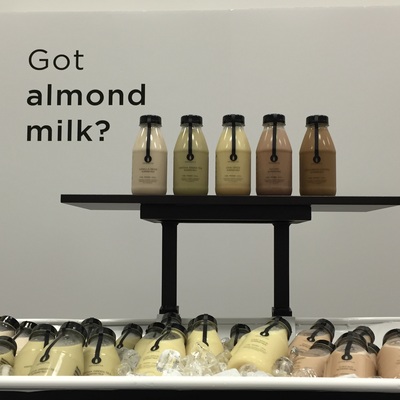
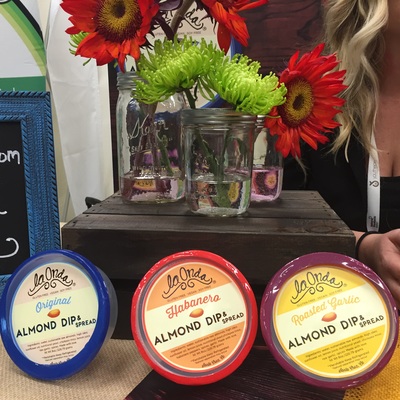
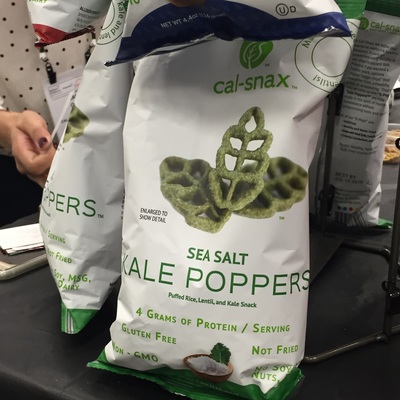
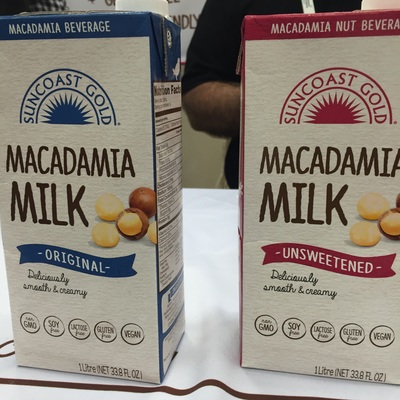
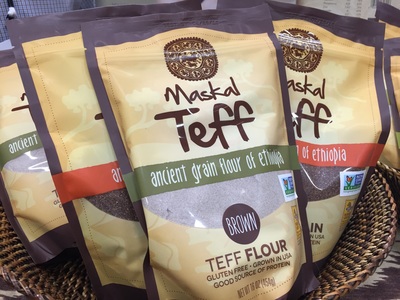
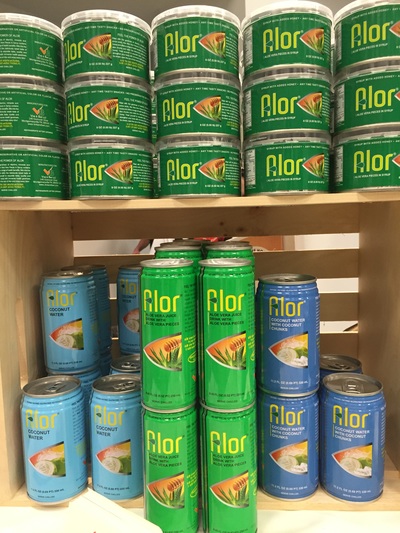

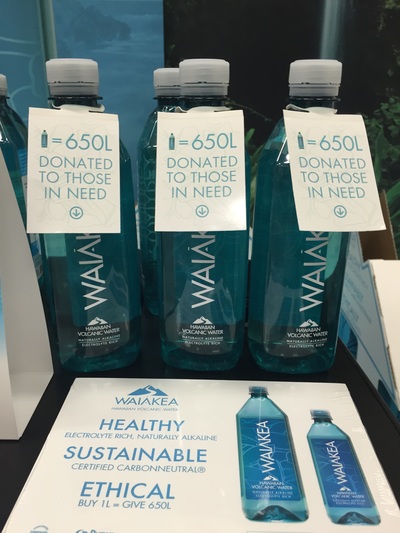

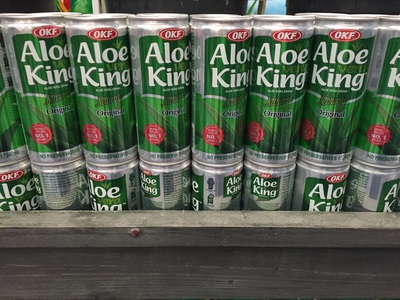
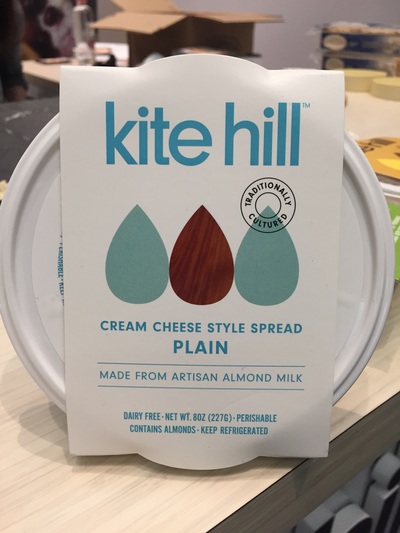
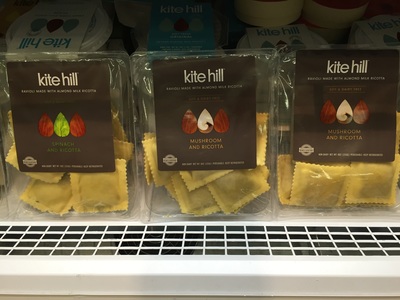
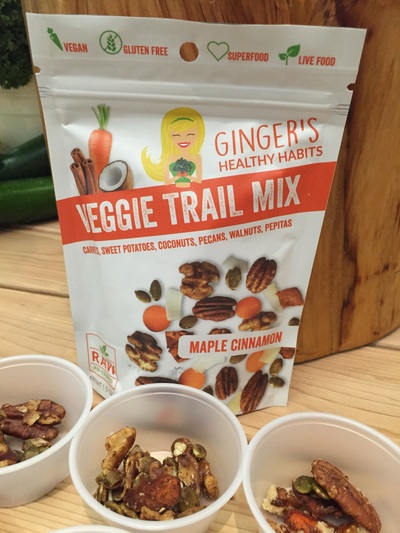
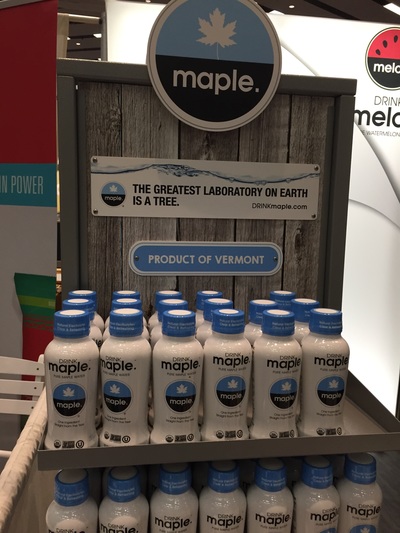
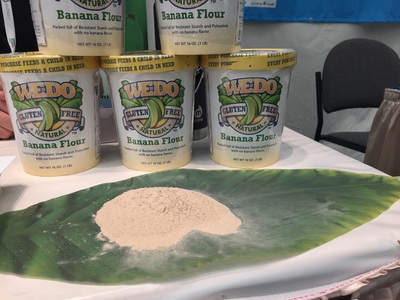
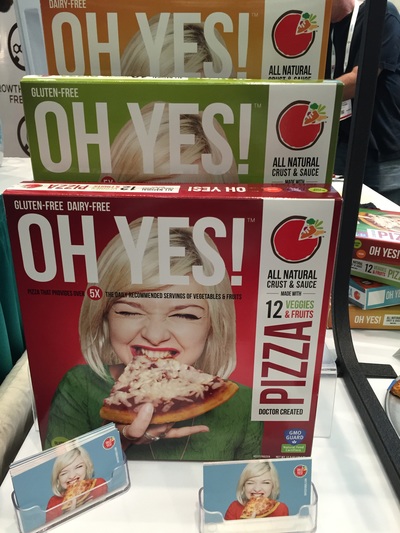
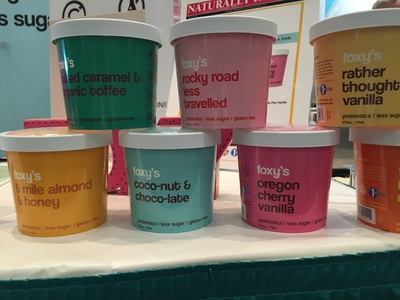
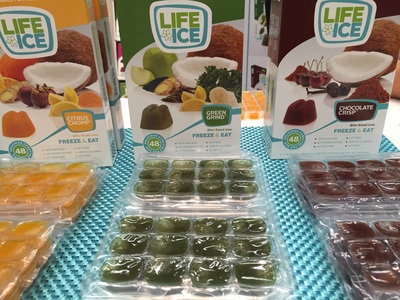
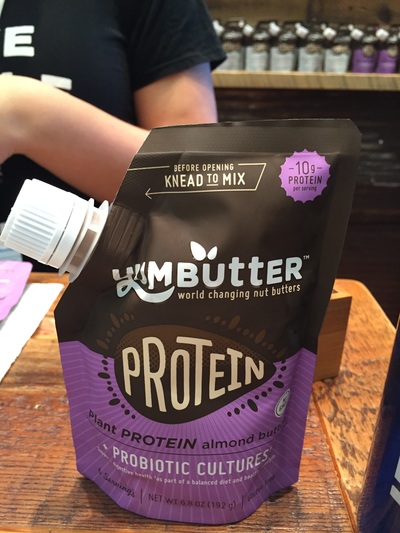
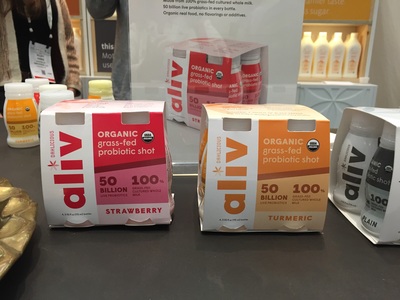
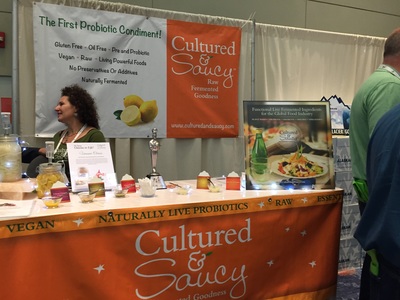
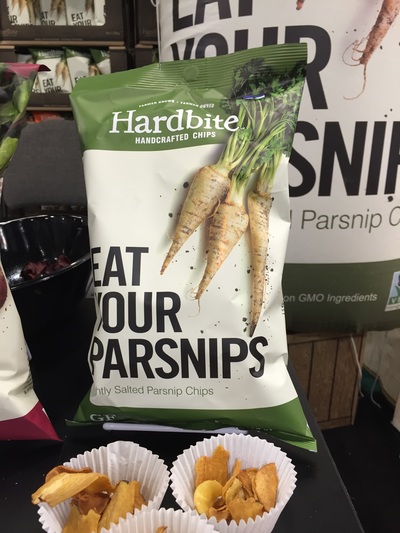
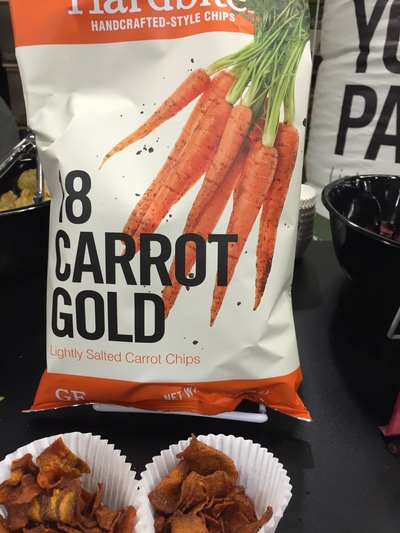

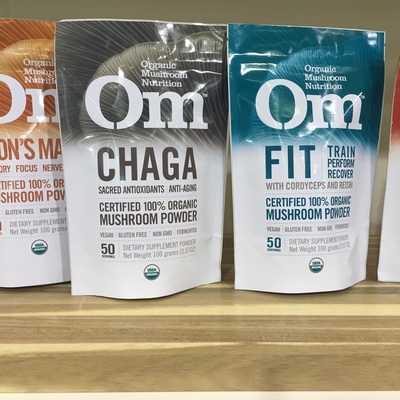
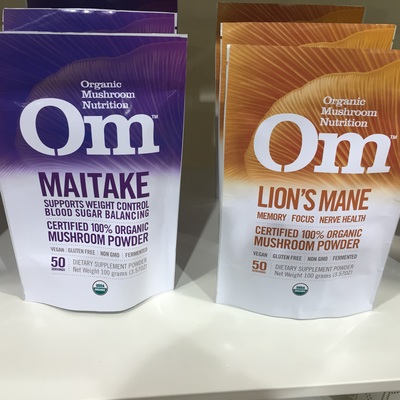
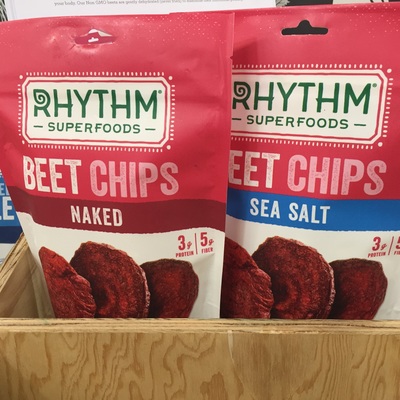
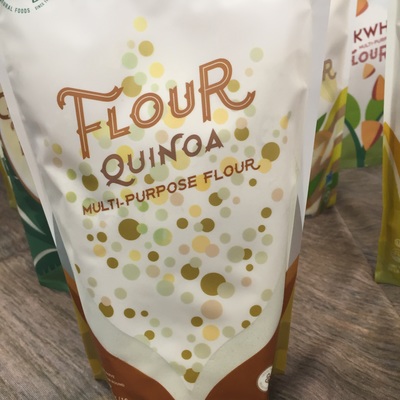
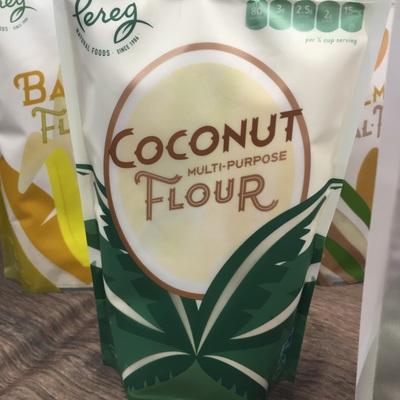
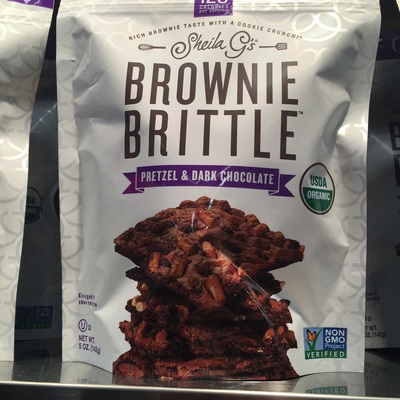
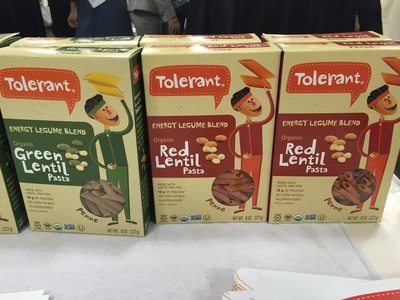
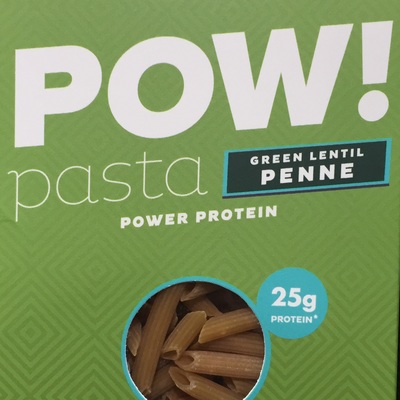
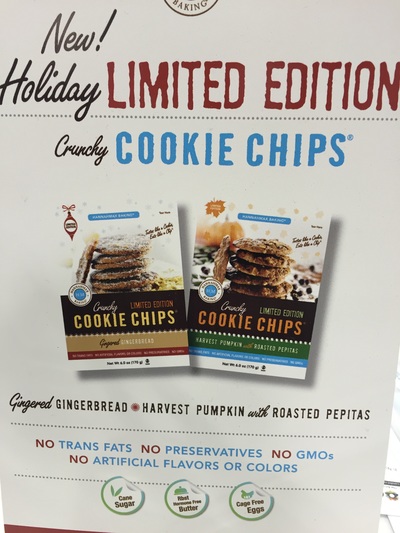
 RSS Feed
RSS Feed